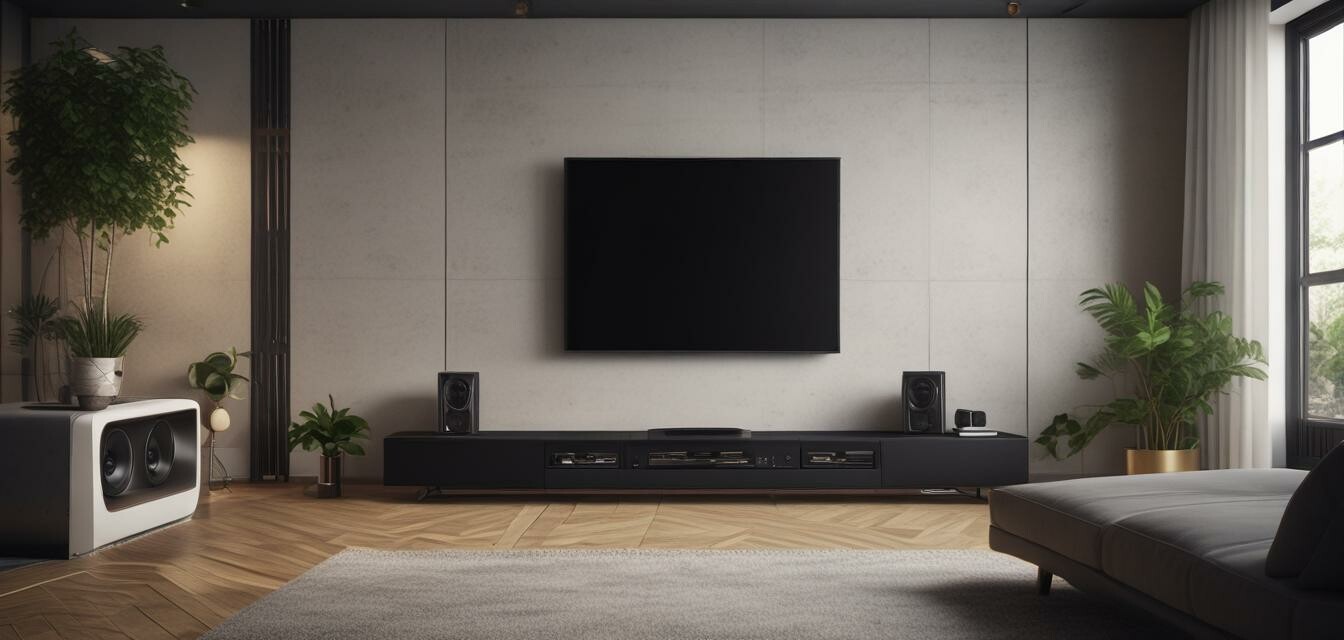
How to maintain your home audio equipment
Key Takeaways
- Regular cleaning is essential for optimal performance.
- Avoid direct sunlight and moisture for longevity.
- Use surge protectors to prevent electrical damage.
- Understand the right settings for your equipment.
- Keep cables organized and in good condition.
Home audio equipment can significantly enhance your listening experience, whether you're enjoying music, movies, or gaming. However, like any technology, proper maintenance is crucial for ensuring optimal performance and longevity. In this guide, we'll share essential tips and techniques to help you keep your home audio setup in top shape.
Why maintaining your audio equipment matters
When you invest in quality audio equipment, it's essential to treat it well. Regular maintenance not only prolongs the life of your devices but also ensures they perform at their best. Poorly maintained equipment can lead to sound quality degradation, damaging issues, and the need for costly repairs. To make sure you get the most from your investment, follow the steps outlined in this article.
Essential maintenance tips
1. Regular cleaning
Dust and dirt can accumulate on your speakers, receivers, and other devices, affecting performance. Here are a few cleaning tips:
- Use a soft, dry microfiber cloth to gently wipe surfaces.
- Avoid abrasive materials, which can scratch finishes.
- Regularly clean vents to ensure proper airflow.
2. Protect from moisture and sunlight
Excess moisture and direct sunlight can damage your audio gear. To protect your equipment:
- Keep devices in a cool, dry area.
- Avoid placing them near heating vents or windows.
3. Use surge protectors
Power surges can be detrimental to your equipment. Protect your devices by:
- Investing in a good quality surge protector.
- Connecting all your audio equipment through the surge protector.
Understanding settings and configurations
Proper setup can make a significant difference in audio quality. Always refer to the user manual for guidance and consider the following:
- Adjust speaker placement for optimal sound experience.
- Calibrate settings based on room acoustics.
- Keep the software/firmware updated.
Cable management
Proper cable management not only contributes to a cleaner setup but also prevents wear and tear. Here’s how to keep your cables in check:
- Use cable ties to keep cables organized.
- Avoid bending or twisting cables excessively.
- Check for cracks or frays regularly.
When to seek professional help
While regular maintenance is essential, some issues may require professional assistance. Here are signs that it might be time to call a technician:
- Unusual noises (buzzing, cracking, etc.) from audio equipment.
- Equipment not powering on or failing to respond.
- Loss of audio quality after attempting DIY fixes.
Pros
- Increased lifespan of audio equipment.
- Improved performance and sound quality.
- Reduced need for costly repairs.
Cons
- Time-consuming if not done regularly.
- Potential for damage if not handled properly.
Conclusion
Maintaining your home audio equipment is vital for enjoying the best audio experience and prolonging the life of your investment. By following these tips and being proactive about care, your audio setup can deliver wonderful sound for years to come.
Beginner's Section
If you're new to the audio world, getting started can seem overwhelming. Here are some simple tips:
- Start with basic cleaning every few weeks.
- Familiarize yourself with the settings on your devices.
- Invest in quality cables and accessories.
For more information on buying the right equipment, feel free to explore our buying guides.
Helpful resources
For more insights on audio equipment, consider checking our other related articles: